![[2025] LMS COMPARISON REPORT LANDING PAGE BANNER - banner - ID](https://www.overtsoftware.com/wp-content/uploads/2025/09/LMS-comparison-report-banner-ID.jpg)
Compare the top Learning Management Systems (LMS) in 2025–2026. Explore features, pricing, and reviews to find the best LMS for your business or education needs.
In 2025, learning management systems (LMS) are no longer just tools for hosting online classes—they are central to how institutions, businesses, and organisations deliver training and manage learning experiences. From universities shaping the future of education to companies rolling out global training programs, the right LMS can make the difference between smooth, engaging learning and a frustrating experience for both learners and administrators.
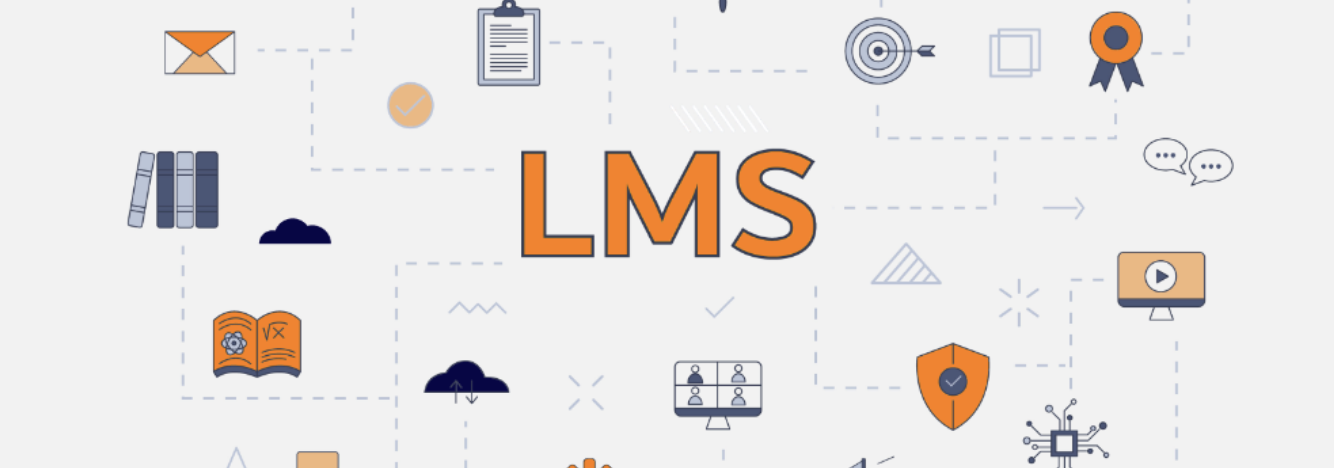
With dozens of platforms available, each offering unique strengths and limitations, the process of choosing the right LMS can feel overwhelming. Some platforms stand out for their intuitive design, others for deep integration with productivity tools, and a few for the freedom of open-source customisation. Understanding these differences is key to making the right decision for your institution’s needs.
This LMS comparison report provides an up-to-date review of the most widely used platforms in 2025, highlighting their features, benefits, and drawbacks. Whether you’re looking for a cloud-based solution that’s easy to manage, or an open-source system that offers maximum control, the guide will help you make an informed choice. For those who want the complete details—including feature tables, installation guides, and pricing insights—you can download the full 54-page report.
Blackboard Learn has long been a cornerstone of digital education, and its Ultra experience keeps it relevant in 2025. Designed for universities and colleges,

the platform combines a clean interface with robust features for teaching, learning, and administration. Institutions value its ability to integrate with student information systems, manage assessments at scale, and deliver detailed analytics on learner progress.
The platform supports collaboration through tools like discussion boards, announcements, and integrated video conferencing, making it well suited to blended and fully online learning. Blackboard Ultra is hosted on Amazon Web Services, which ensures reliability and scalability for large deployments. While its reputation for being one of the more expensive LMS options remains, many organisations justify the cost because of its enterprise-level stability, advanced features, and focus on academic needs.
Moodle continues to be one of the world’s most widely used learning management systems, especially valued for its open-source flexibility. It gives institutions the freedom to customise the platform to match their teaching style, integrate third-party plugins, and even adapt the source code for unique requirements.

With a global community constantly developing new extensions, Moodle remains one of the most versatile options for schools, universities, and businesses.
Although its interface can feel less polished compared to paid platforms, institutions that invest in proper setup and training unlock a system capable of supporting everything from large-scale online universities to workplace learning. In 2025, Moodle’s strength lies in its balance of cost-effectiveness and customisation potential, making it an attractive choice for organisations that want control and scalability without being tied to vendor licensing.

Canvas by Instructure has grown into one of the most widely adopted cloud-based LMS platforms, known for its clean interface and focus on usability.
The dashboard makes it simple for students and instructors to navigate courses, while features like SpeedGrader streamline the grading process. Institutions also benefit from integrations with popular tools including Zoom, Microsoft Teams, Google Workspace, and Dropbox, making Canvas a strong fit for blended and online learning environments.
Although it doesn’t offer the same level of deep customisation as open-source platforms, Canvas balances simplicity with functionality. Its cloud-hosted model ensures reliability, scalability, and frequent updates, which makes it appealing to organisations that want a modern LMS without the complexity of self-hosting. In 2025, Canvas continues to stand out as a versatile platform for universities, schools, and even businesses seeking a user-friendly learning experience.
LMS365 is unique in the LMS market because it is built directly on Microsoft 365, making it a natural fit for organisations that already use Teams, SharePoint, and Outlook in their daily operations. This tight integration allows learners to access training within the same environment they use for work, while administrators can track progress and generate insights through tools like Power BI.
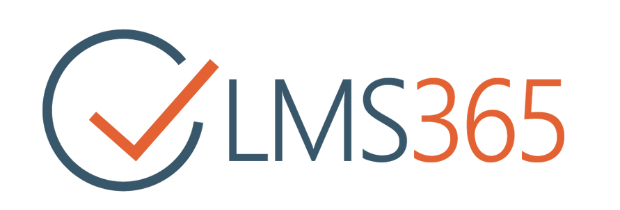
The platform delivers features such as personalised dashboards, gamified progress tracking, and flexible training delivery methods, including webinars, videos, and quizzes. Its strength lies in making learning part of everyday workflows, but that same focus on Microsoft can feel limiting for institutions that rely on other ecosystems. In 2025, LMS365 is an excellent choice for organisations that want an LMS embedded seamlessly into their Microsoft-driven environment.
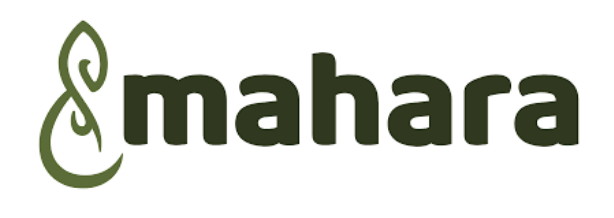
Mahara is an open-source ePortfolio platform designed to complement traditional LMSs by giving learners a space to showcase their skills, achievements, and projects.
It supports reflective and competency-based learning, allowing students to create personalised portfolios that can be shared with educators, peers, or potential employers. Many institutions use Mahara alongside Moodle, often referred to as the “Mahoodle” integration, to combine structured course delivery with portfolio-based assessment.
While Mahara offers strong customisation options and works well for showcasing learning progress, its interface can feel less intuitive compared to modern cloud-based LMSs. With the right setup and support, however, it provides significant value for institutions that want to highlight student growth and encourage reflective learning. In 2025, Mahara remains a powerful tool for education providers seeking to go beyond standard courses and assessments.
Google Classroom is a lightweight, cloud-based platform that makes teaching and learning accessible for schools of all sizes.

It connects seamlessly with Google Workspace apps like Docs, Drive, and Gmail, giving teachers a simple way to create, distribute, and grade assignments while students collaborate in real time. Its dashboard is intuitive, which means teachers can focus more on teaching and less on managing technology.
While Google Classroom doesn’t include some of the advanced analytics and assessment features of enterprise LMSs, its biggest strength lies in ease of use, low setup requirements, and widespread availability. Add-ons from the Google Workspace Marketplace expand its capabilities, making it flexible enough for schools that want an affordable entry point into digital learning. In 2025, Google Classroom continues to be the go-to choice for schools that want a straightforward system without heavy administration.
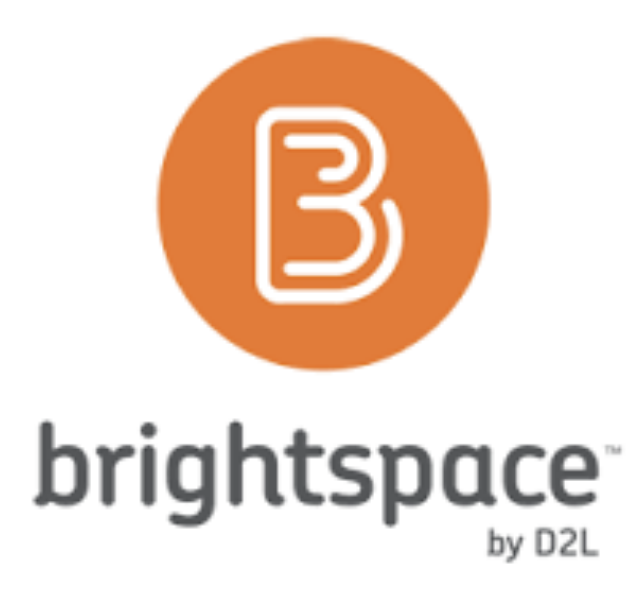
Brightspace by D2L is a feature-rich LMS designed to support schools, colleges, and organisations with diverse learning needs. It provides instructors with powerful tools for building interactive courses, managing assessments, and tracking learner progress through advanced analytics. Features like conditional release and personalised learning paths allow educators to deliver tailored experiences that adapt to each student.
The platform is robust and scalable, making it suitable for large institutions and corporate training programs. However, Brightspace can sometimes feel complex, with routine tasks requiring multiple steps to complete. For institutions that want a comprehensive system capable of handling both traditional and innovative learning methods, Brightspace continues to be a strong contender in 2025.
Miro is not a traditional LMS but a powerful online whiteboard and collaboration tool that adds a dynamic layer to digital learning. Educators and trainers use it to run brainstorming sessions, group projects, and interactive workshops in real time.
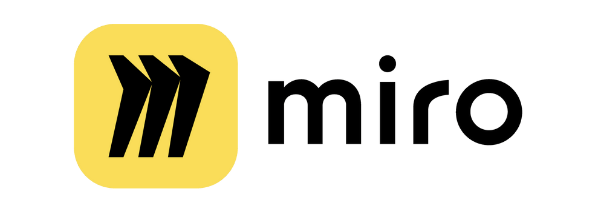
It integrates smoothly with platforms like Canvas, Moodle, Blackboard, and Microsoft Teams, making it easy to bring visual collaboration into structured courses.
Although Miro does not provide built-in assessment tools, it enhances engagement by encouraging creativity and teamwork. In 2025, it continues to be a popular companion platform for institutions and businesses that want to go beyond standard course delivery, giving learners an interactive space to connect and share ideas.
Choosing the right LMS often comes down to balancing flexibility, cost, and ease of use. While every platform in this guide has its strengths, the key differences fall into a few main categories.
SaaS vs Open-Source
Platforms like Blackboard, Canvas, LMS365, Brightspace, Google Classroom, and Miro are delivered as hosted cloud services. This makes them simple to manage and reliable at scale, but limits back-end access and deep customisation. On the other hand, Moodle and Mahara are open-source projects that can be hosted on your own servers or with a managed provider. They offer almost unlimited control and customisation, but require more technical expertise and support.
Best for Schools and Universities
For institutions that want stability, strong analytics, and integration with student information systems, Blackboard, Canvas, and Brightspace are proven solutions. Google Classroom is often the first step for schools seeking something lightweight and easy to roll out.
Best for Businesses and Organisations
LMS365 is ideal for companies that use Microsoft 365 daily, as it brings training directly into Teams, Outlook, and SharePoint. Canvas and Moodle are also popular in corporate training, with Moodle offering the added advantage of full customisation.
Best for Collaboration and Engagement
If your focus is on interactive group work and creativity, Miro adds a layer of visual collaboration that enhances other LMS platforms. For reflective and portfolio-based learning, Mahara gives learners a way to showcase growth and achievements alongside their courses.

Want the full LMS Comparison Report?
This page gives you a clear overview of today’s most widely used learning management systems, but it’s only the beginning. The full LMS Comparison Report dives deeper into every platform, including:
If you are serious about finding the right LMS for your institution or organisation, this report is your complete guide.